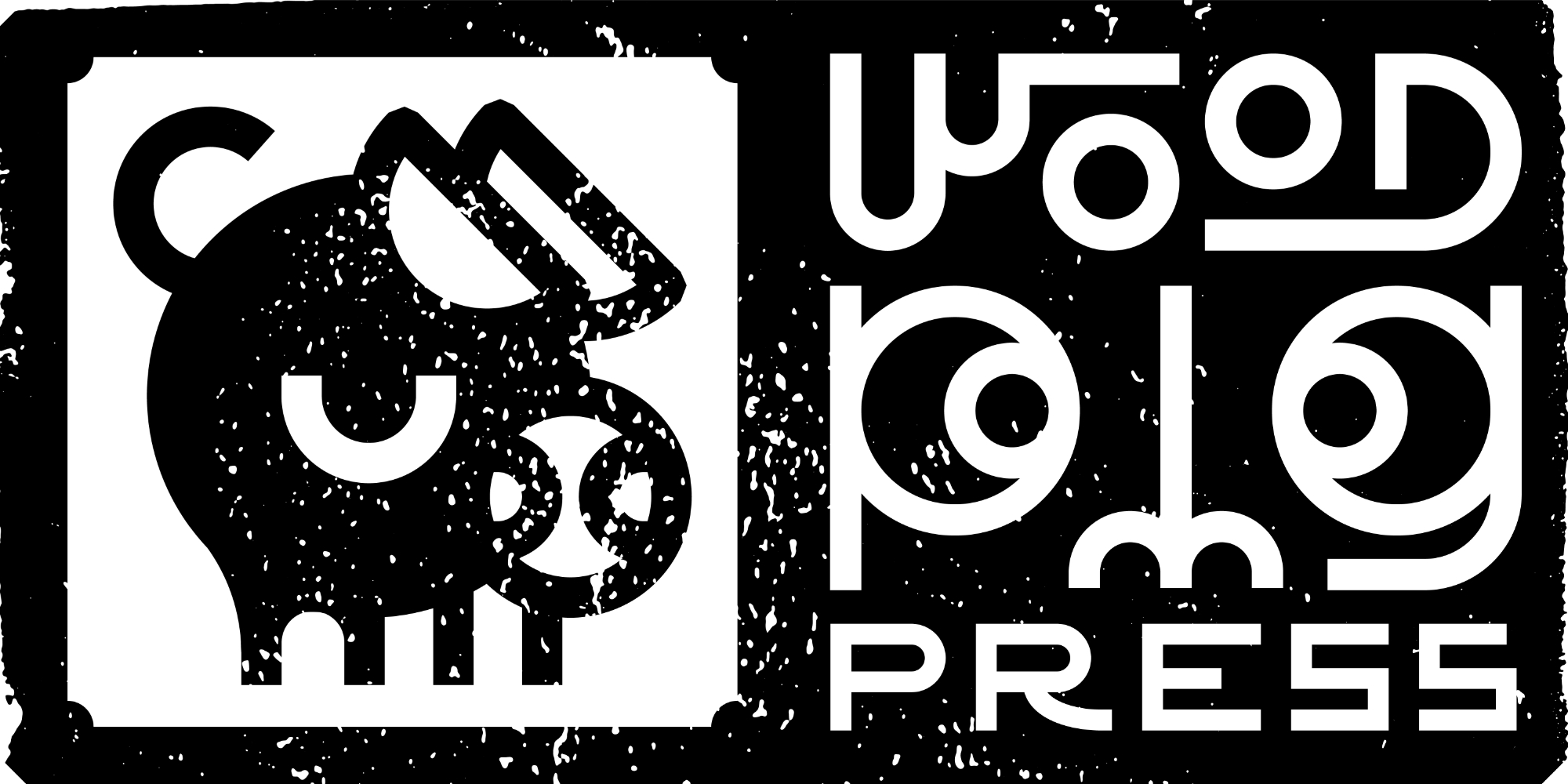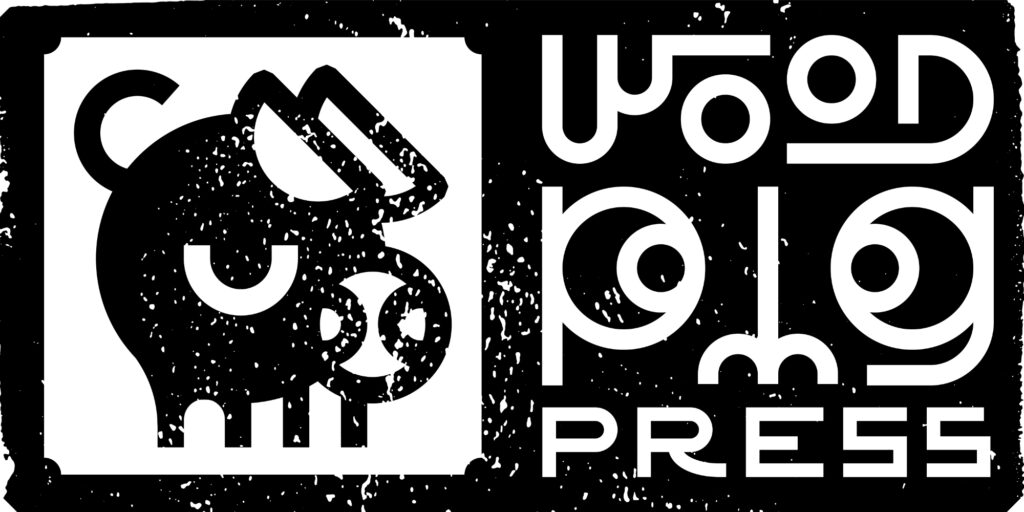
Diary of a Micro-Press, Week 8 – in which I compare various printing options, and finally settle on one
It still feels like I’ve a million things to do. Some sort of insurance is apparently necessary, and is proving a bit of a pain to sort out. I’m chatting with a lawyer regarding a boilerplate author contract, agreements for freelancers, as well as for clients for our publishing services. Then there’s the question of distribution, which is its own special form of headache. So, amidst all of this, it feels like a win to be able to finally put a big tick next to one important thing on my to-do list: finding a printer.
For my own titles published through the press so far, I currently use three print-on-demand services: Ingram Spark, Bookvault and Amazon (KDP). Each of these fulfils a different role. Ingram Spark has the best distribution network, and can thereby make the books most easily and widely available to libraries and bookshops. Bookvault integrates well into the WoodPig Press website, and allows direct sales. And publishing through KDP ensures that the books are always in stock on Amazon. In terms of cost, Bookvault are the cheapest, followed by KDP, followed by Ingram Spark. In terms of quality, Bookvault are the best, and KDP and Ingram Spark are more or less the same, in my experience (depending on format). So, using all three ensures that my books are in stock in the biggest online retailer, available to bookshops and libraries, and can also be bought direct from the WPP website.
So why change? First of all, there’s the question of cost. Print-on-demand (POD) does not generally facilitate economies of scale. By which I mean: it costs the same per copy to print a single book or fifty.1 This is in contrast to both short-run and large-volume printing, where the cost per unit decreases as the print run increases. This is because the main cost is in the setup. So, POD is much cheaper if you only want a handful of copies, but for anything over fifty or so, it’s more economical to use short-run or large-volume printing.2
There is also the question of quality. POD uses digital printing, which is great for fast turnaround. This may be contrasted with offset printing,3 which is still mostly favoured by larger publishers for big titles, and for books where print quality is paramount (e.g. art books). That said, digital printing has come a long way, and for most purposes, digital printing provides excellent quality. Apart from picture books, however, offset printing starts to come into its own at very high print runs (somewhere between 500 to 1000 and upwards, depending on various factors), where it becomes much cheaper per unit than digital printing. Just to complicate matters a little more, it’s not the case that POD, short-run and large-volume printing all use different technologies. Because of economies of scale, offset is generally best for large-volume printing, and because of setup costs, POD is best for small print runs (e.g. 10 or less), but short-run printing can use either digital or offset, depending on the choice of materials and type of book. Both short-run and large-volume printing tend to offer a wider range of paper stocks, binding options and finishes, which is one further reason the setup is more expensive than POD.
Okay, is all that clear? Anyway, as far as a micro-publisher such as WoodPig Press is concerned, it’s unlikely that we’re going to be in a position to benefit from the economies of scale that offset printing affords, and short-run printing will make our typical print run (100 to 300 copies) most cost effective.
That said, I do know of small presses that use POD services, so I’m not knocking that – it really depends on your marketing strategy and readership. But apart from slightly better quality and per unit cost, there are other benefits for WPP in using short-run printing. Chief among these is distribution. For instance, Gardners (the biggest book wholesaler in the UK) will not typically stock POD titles in its own warehouses, and Bookshop.uk (the main portal for indie bookshops) will not list them. As I said, distribution is its own headache, and a tale for another time, but going this route (short-run printing combined with independent warehousing/distribution) will allow WoodPig Press books to get into a wider range of places.
So, short-run printing it is!
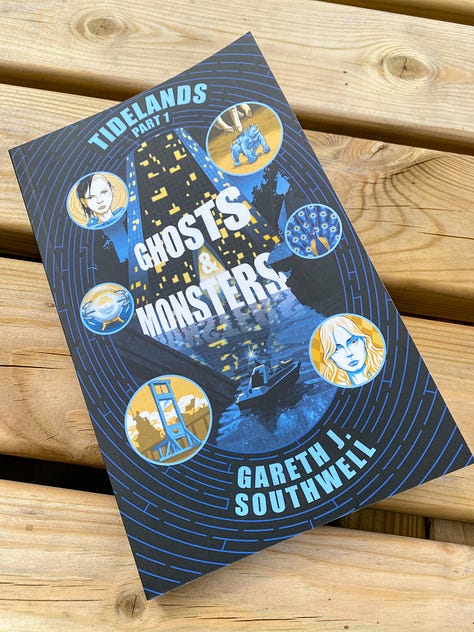
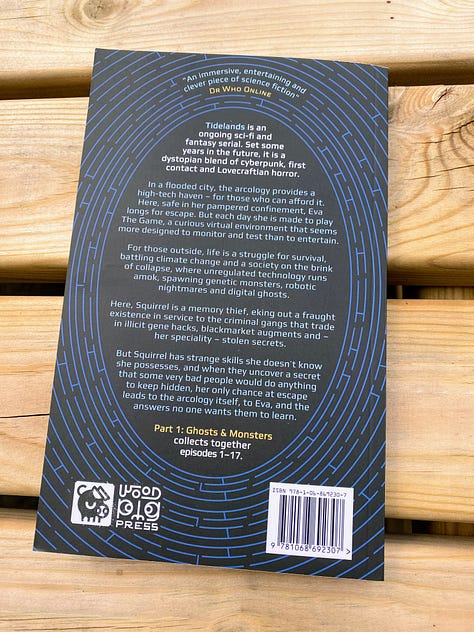
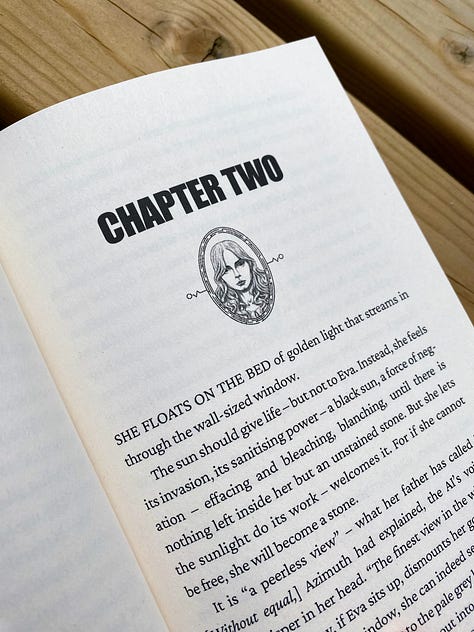
This decision made, it was then just a question of which printer to choose. I approached a handful of UK-based printers and requested a Zoom or phone call. Some didn’t reply at all, which immediately ruled them out. Among those who did get back to me, I had a number of fascinating and instructive conversations with some lovely people, and it’s been quite hard to make the final call. Ultimately, however, I decided to go with CMP of Poole in Dorset. First of all, their quotes were slightly cheaper than their competitors, but the numerous samples they sent me (which included a generous comp of Tidelands) was enough to reassure me of the quality I could expect. Judging by my interaction with their representative, Toby Culff, their customer care also seems excellent – which isn’t to say that the other printers were less so in this regard, but in such cases you go with your gut, and I was getting a good vibe. They’re a smallish outfit, very quality driven, flexible and accommodating, but diverse enough in their offerings to suit my needs in the future. Add to this that they came recommended by Alan Bilton of Watermark Press, and the decision seemed the right one.
So, as I say, tick one off the to-do list.
One down, 999,999 to go…
Thanks to Toby Culff for his generosity and flexibility, and to all the lovely people I spoke to at other printers for their time.
- Some POD printing services may offer slight discounts on larger print runs, but the savings aren’t going to be as big as for short-run or large-volume print runs. ↩︎
- There’s a good comparison of POD vs short-run printing here: https://bestbookprinting.com/print-on-demand-versus-short-run-printing/ ↩︎
- See an explanation of the difference between digital and offset printing here: https://imprintdigital.com/offset-printing-vs-digital-printing/ ↩︎
